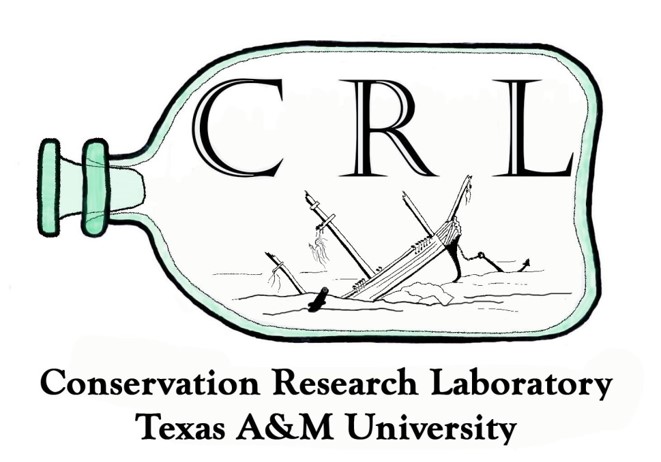CRL at Texas A&M University
Christopher Dostal
Introduction
Conservation Manual
The Conservation Manual is a compilation of the theories and practices utilized by the conservators at the CRL. It has been available online since the Spring of 1998, and has been continuously updated to reflect innovations and trends in conservation science. The emphasis of this manual is the conservation of material from underwater sites, especially marine sites, but the conservation of material from terrestrial sites is also discussed.
While this laboratory manual is posted for use by students enrolled in the conservation classes offered by the Nautical Archaeology Program, others may download and use the manual; proper credit, however, must be given.
Contract Services
The CRL works with a variety of academic institutions, museums, historical societies, government offices, and private individuals. Our goal is to create viable conservation strategies of the highest standard that can be accomplished at minimal cost. For more information, visit our services page.


